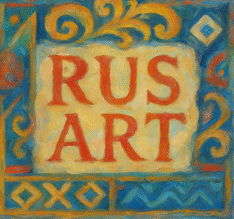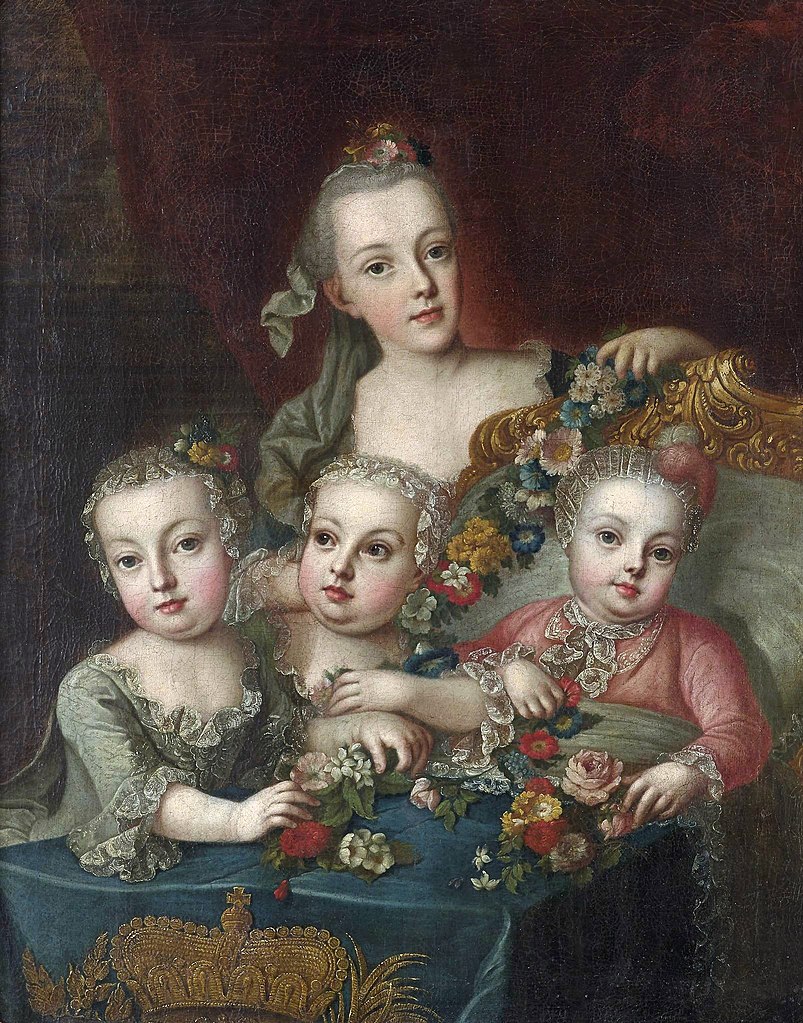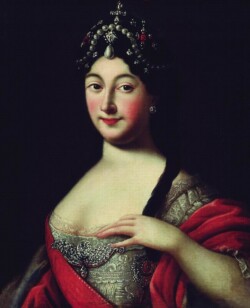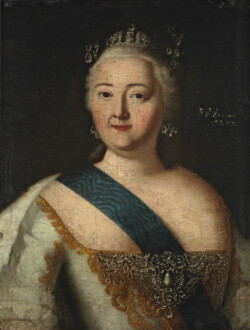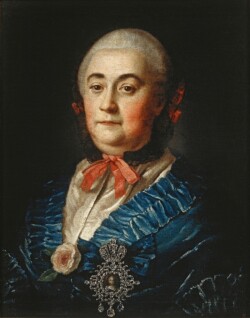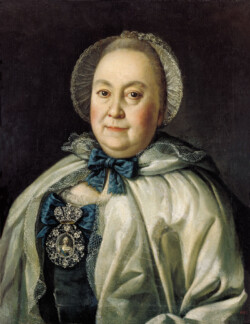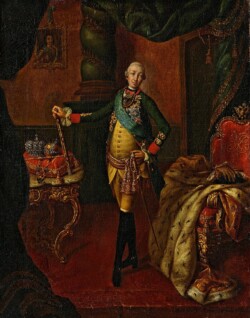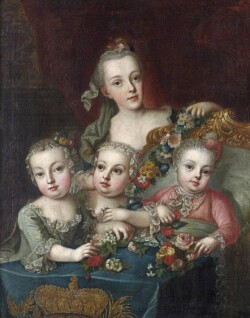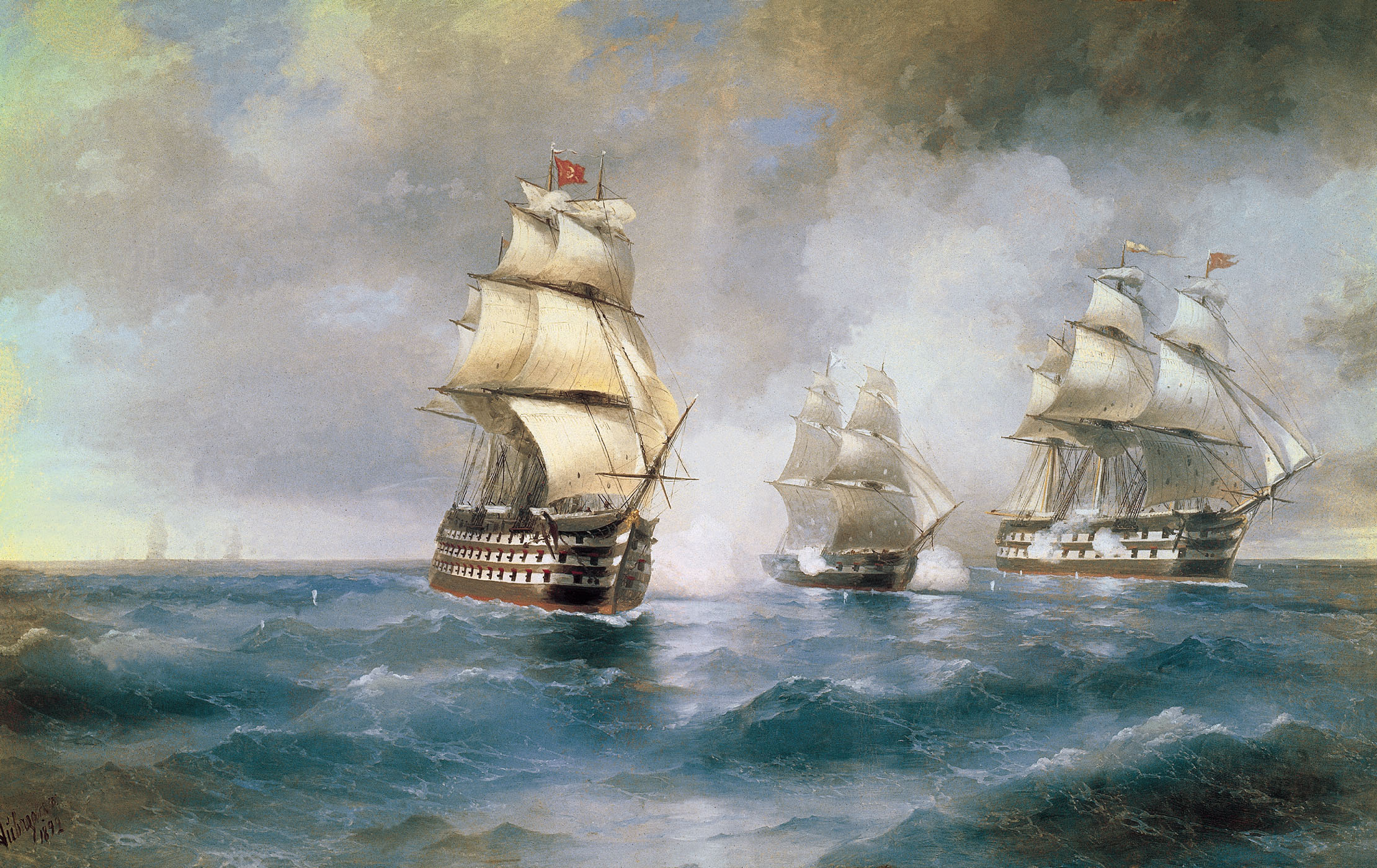Aleksey Antropov (1716-1795) represents one of the key historical actors in the evolution of Russian painting with, in particular, significant role in 18th century Russian contàst of portrait painting. His works represent a break from the more classical Russian iconography and a tendency to the Western form, although using the principles of realism and individualism. This article explores Antropov’s life, artistic development, notable works, and his legacy in the context of Russian art history.
Early Life and Education
Antropov, a son of serf painter from the town of Torzhok, was brought up. Through these nascent relationships with the arts, he acquired and started to paint religious motifs and ornamental works. In 1732, he moved to St. Petersburg, where he sought formal training at the Academy of Arts. Here, he was inspired by the paintings not only of Russian, but European painters as well.
Antropov’s education at the Academy was pivotal. He apprenticed with acclaimed teachers who stressed practicality and the human form. And this, of course, drew reward when he graduated, receiving praise for his talents, and became himself a portraitist.
Artistic Development
Antropov worked during an artistic era of change in Russia. The impact of the Peter the Great influence had brought the country to the doors of the Western artistic world, and Antropov welcomed these changes. He created a very specific style through the juxtaposition of the stylization of features of Russian painting and the naturalism of European portrait painting.
His early works are marked by rigid frame and meticulous detail, due to the Baroque style. But in that process of the growth of his as an artist, began to introduce more naturalistic detail and emotional richness to his portraits. This evolution marked a significant step in the development of Russian art, paving the way for future generations of artists.
Notable Works
The most famous work among Antropov is a portrait of Empress Elizabeth Petrovna, painted in 1759. This portrait is not only a testimony to the fantastic ability to handle color and light, it also demonstrates at a personal level the great skill to imagine the characters of the individuals being depicted itself. Elizabeth in the image wears a stunning dress with sparkling adornments and with her eyes burning and a demanding gaze. Painting looks beyond her wealth and power, beyond her own humanity.
An interesting task is a portrait of the poet M.Lomonosov realized in 1764. This paper provides proof regarding the possibility, using Anthropov, to mix fact and fiction. Lomonosov is shown in a “meditator” pose holding a book to emphasize his mental activity. Antropov’s accuracy in the treatment applied to the making of a fabric and facial morphology the image has become the base of the image strength and the power of the model is its potential to make the image a highly effective image of the poet.
Antropov not only painted several Russian lay portraits, but also Russian aristocratic portraits, documenting their features and status in society. His works often included elaborate backgrounds and symbolic elements that provided context to the subjects. Not only the subject stand out of the spotlight, but this approach also put the subject in sight of the historic record of Russian society as a social construction.
Techniques and Style
Antropov’s artistic techniques reveal his commitment to realism. He employed the technique of precise paint layering to build depth and texture not only in his fabric and skin integumentary colors. His manipulation of light and dark gave his portraits a third-dimensional quality and helped to give them the appearance of life.
His colour scheme was both rich and deep, and frequently employed rich, saturated colours to suggest luxury and chicness. In this approach, it proved especially effective for modelling the richness of the fashion of the nobility and the scale of the houses they inhabited.
Antropov’s compositions frequently employed a formal arrangement, with subjects positioned in a way that emphasized their importance. On the one hand, he also introduced dynamism through fine body gestures and facial gestures that enabled the viewers to distinguish the emotional state of the represented individuals.
Influence and Legacy
Aleksey Antropov’s influence on Russian art cannot be overstated. He played a decisive role in the development of portrait painting in Russia as a legitimate genre for art. His gift for combining classical Russian character by means of Western means helped open the way for his successors, Ivan Kramskoi and Ilya Repin.
Antropov’s portraits are not only portraits of persons, but portraits of 18th-century Russian life and mentality. His prose output documented the changing dynamics of authority, class and self, in an era of profound transformation in the nation.
Yet, the legacy of Anthropov was somewhat eclipsed by his contemporaries in part. At the same time, however, during the last few years renewed interest has also been demonstrated in his activities, both in the form of exhibitions and in the form of academic works, which have emphasized his importance in the history of Russian art.
Later Life and Recognition
Antropov continued to paint portraits in his senile years, at the behest of Russian aristocracy and the court. He entered the Academy of Arts and was noted for his work in the area of Russian culture. His influence reached beyond his initial work as some of his students and disciples continued to advance those new skills to near the end of his life.
Antropov passed away in 1795, leaving behind a legacy that would shape the future of portraiture in Russia. Now his artistic works are in the most prestigious institutions, e.g., State Russian Museum and the Tretyakov Art Gallery for which both artistic power and historic value are always still in favour.
Conclusion
The oeuvre of Aleksey Antropov as a painter in Russian art can be taken as an indication of his skill and creativity as an artist. His ability to blend traditional Russian iconography with Western realism marked a significant turning point in the development of portraiture in Russia. Through mesmerizing representations of the individuals he simply distilled the spirit of Russian 18th-century life, his work remains of great interest for art lovers and intellectuals.
Being a founder of Russian portraiture, Antropov, not only has formed the artistic environment of his generation, but also has prepared the way for artistic generation to come. His work raises questions about topics such as identity and emotion as well as the power of art to go beyond space and time. And to this day, one of the central characters in the history of Russian art is Aleksey Antropov, the artist, whose virtuosity, innovativeness, and impact remain in the plastic of artistic consciousness.
